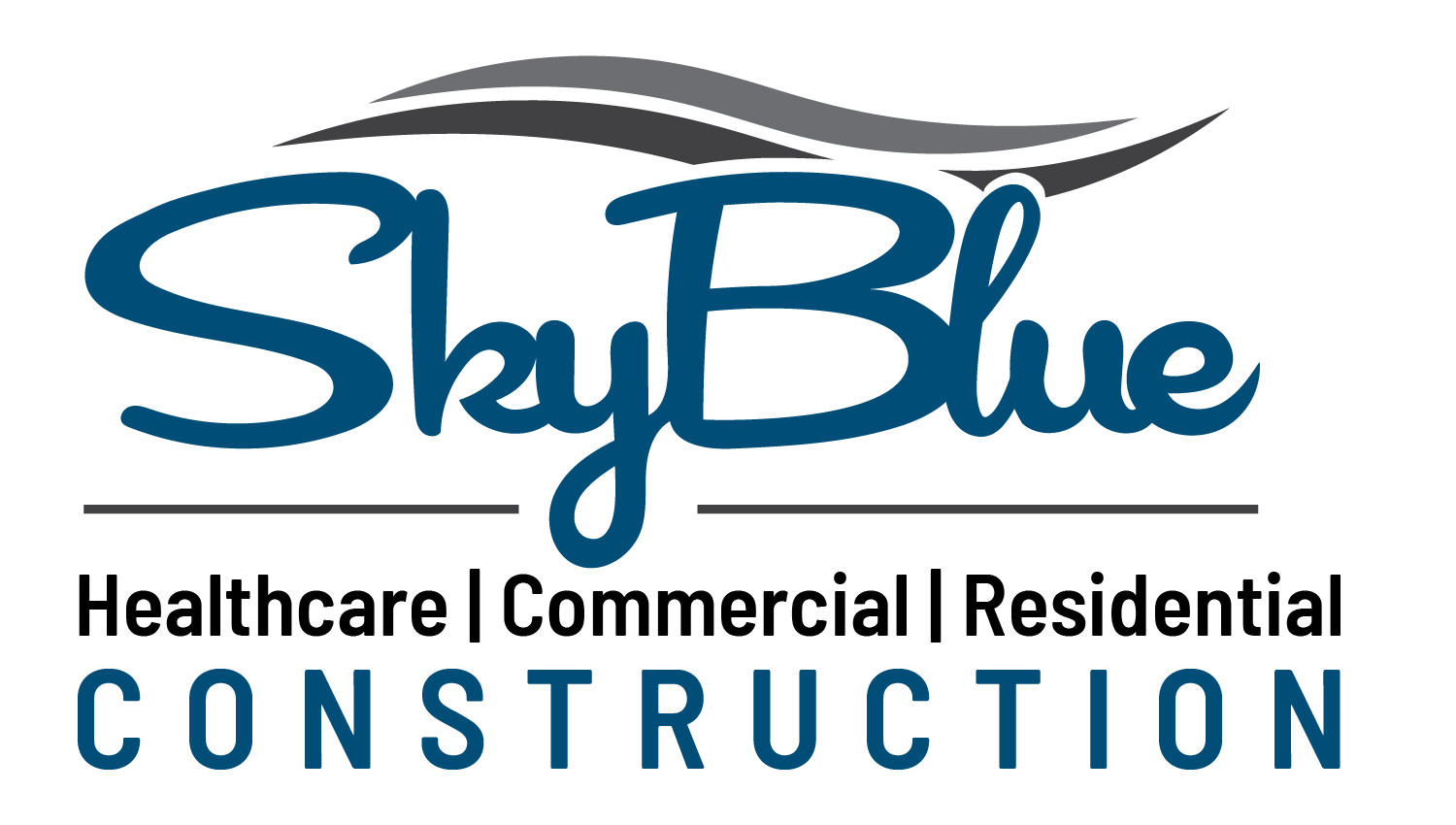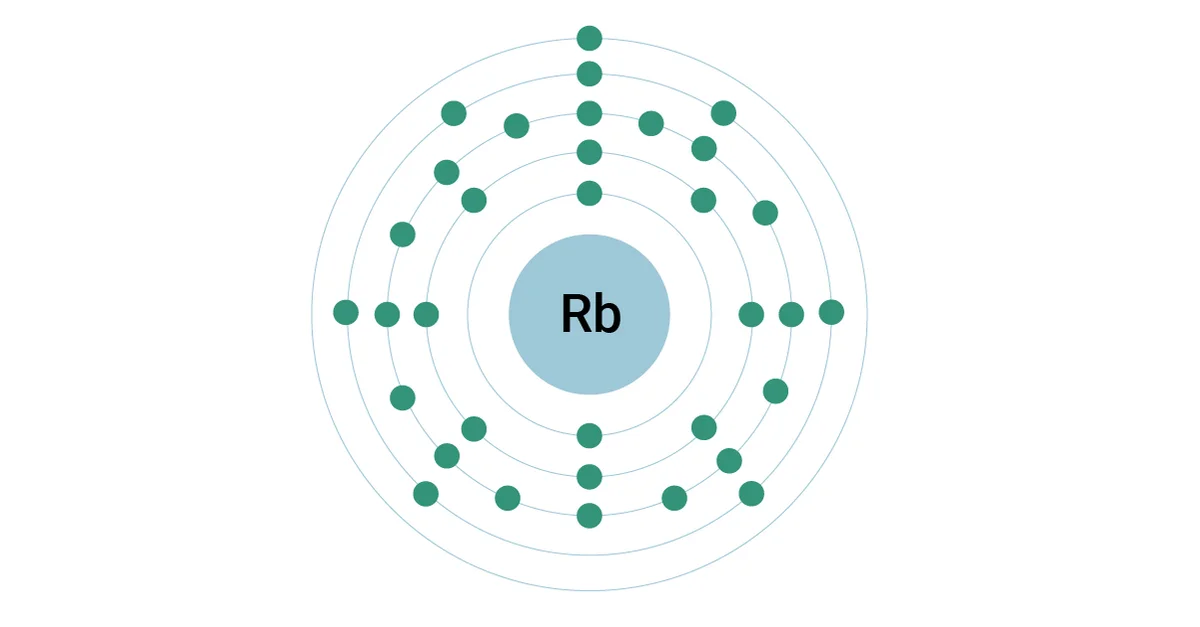Due to the advances in technology, therapeutic methods, and diagnostic techniques in today’s world. Nuclear medicine is a discipline that is expanding day by day. Producing, researching, and dispensing radiopharmaceuticals takes place at a variety of workplaces, including hospitals, clinics, universities, and research centres. Shielding is becoming more and more necessary as nuclear medicine becomes more and more common. The nuclear medicine sector has access to a wide variety of shielding products. The shielding products that are frequently use in the lab and medical settings are list below.
Why is it Important?
Before getting into what measures you can follow to implement nuclear shielding in your organization, it is important to understand the reason why radiation shielding is important in the first place. We are constantly surround by radiation. Because of the fact that radiation originates from the sun. The ground, and many man-made sources, everyone in the world is expose to it every day. Ionizing radiation is now employee in a wide range of industries, including industry, research, medicine, nuclear power, and many more. If necessary precautions are not taken to prevent unwante exposure, it does pose a health risk. For instance, exposure to this radiation harms both humans and the environment significantly. The most often used materials to block harmful radiation in diverse applications are lead (PB) and traditional shielding materials (such as concrete). Such substances are affordable, plentiful, and capable of absorbing nuclear radiation that is harmful. However, Pb-based products come with their own set of health risks. To counteract the impacts of radiation damage, it is crucial to look for dependable, clean, and affordable alternative alternatives.
Materials for Shielding
There are numerous materials available to guard against radioactive particles. Different types of rays and particles can be stopp by air stops, concrete, plastic shields, water, and lead, which lowers the overall dose an individual receives.
Tungsten and Lead Pigs
Vials for holding syringes and radioisotopes are a product that is frequently use in the industry. A pig is often a circular lead or tungsten container used in the medical industry to shield radiopharmaceuticals from nuclear radiation. Solid tungsten is a widely utilize material because it is robust and has somewhat better gamma radiation resistance than lead. Tungsten has the disadvantage of being substantially more expensive than lead. Injection shields and vial transportation containers can both be built of solid tungsten. Although lead pigs are frequently more affordable than tungsten, they might be vulnerable to dents or damage over time. To assist the pigs to maintain their shape over time and to lessen any potential lead exposure, they might be enclose in metal or plastic. Threaded lids, lid locks, painting, and bespoke sizes are all characteristics that are quite likely to be available for both leads as well as tungsten pigs.
Storage Jars and Cabinets Lined with Lead
Lead-lined furniture is a common item utilize in the nuclear medicine sector. For the storage of radioactive material, isotopes, radiopharmaceuticals, and other materials. These are cabinets or containers that have been carefully made. These containers can have shielding that is anywhere from 1/16″ to over 2″. It is either constructe by inserting sheet lead or molding lead on the inside of a steel cabinet, and the lead is completely encase in steel. Similar techniques are use to make lead-line storage and trash containers. As they provide simple access to radioisotopes while shielding users from radiation exposure, these items are frequently found in laboratories and hospitals. To completely eliminate the possibility of radiation leakage, special doors and entry points are use.
Caves Made of Lead Brick and L Blocks
It is crucial to consider the lab personnel’s safety when conducting radioisotope lab work. Lead brick caverns are built with regular lead brick and are paintable. Lead bricks can be an extremely helpful shielding to have in the lab for quick setup and customization of workstations while offering sufficient radiation protection. The lead shielding on L-blocks can be up to 2 inches thick, and a lot of the time they feature a lead glass panel with up to 8 inches of glass. Workers’ faces and fronts are shield from nuclear radiation while still being able to observe the task at hand. L-Blocks are typically metal constructions with a lead interior.
Leaded Curtains and Glass
In rare circumstances, a facility may not be able to incorporate shielding into the actual design of a building. Doctors and technicians utilize leaded glass barriers to securely see patients while doing imaging procedures. Due to its high lead content, this type of glass is perfect for radiation-producing machinery in the 80-300 kV range. Workers expose to radiation are also shield by lead drapes, especially in big veterinary clinics or operating theatres. Leaded vinyl or rubber sheets, which are what these drapes are, are the best kind of radiation shielding for low-level or secondary exposure. They create space-saving walls that can be open or close according to the situation and typically provide shielding from 0.5mm to 2.00mm equivalency of lead.
Mobile Barriers for Protection
In some circumstances, additional safeguards are require to protect medical professionals during diagnostic imaging procedures such as radiology, nuclear medicine, catheterization lab, or radiology. These obstructions are mobile lead-line partitions that frequently have a covere window to permit patient viewing. Mobile radiation barriers are available in numerous forms, dimensions, and lead equivalents. They are perfect for preserving mobility and flexibility in a procedure room while effectively reducing the scattered radiation dosage to nearby workers.
Conclusion
All in all, without the process of shielding, radiation workers (such as dentists and veterinarians) and even neighboring office workers may be expose to amounts of nuclear radiation that exceed the permitted exposure limits, which may have a harmful impact on their health. Despite the fact that radiation exposure cannot be totally avoid. Shielding is a crucial factor in any healthcare center and significantly lowers unneed exposure. This is why it is extremely important. If not necessary for all healthcare professionals to understand the significance of shielding and know how to implement it in their facilities.


